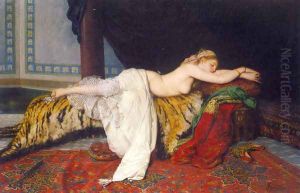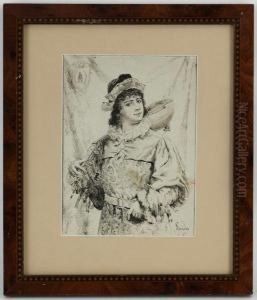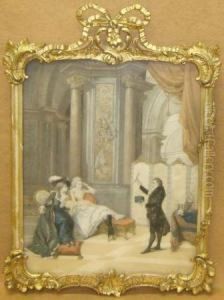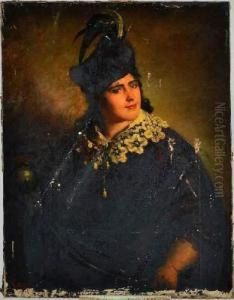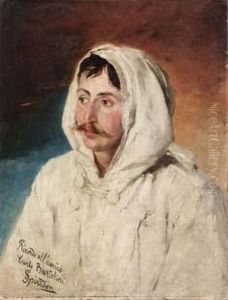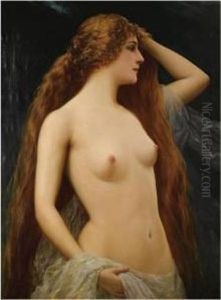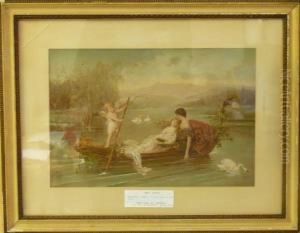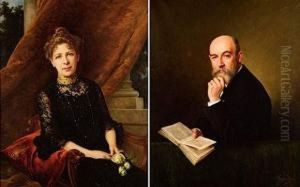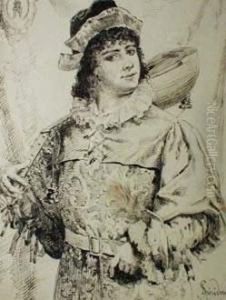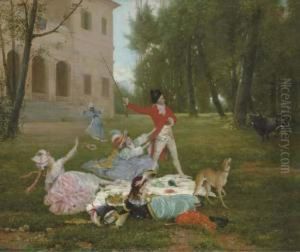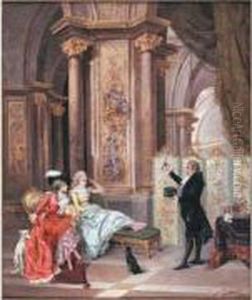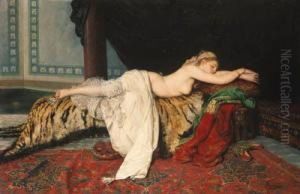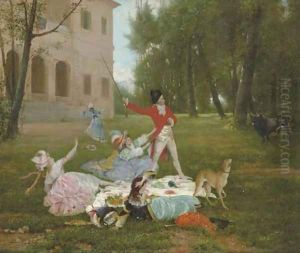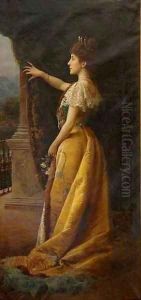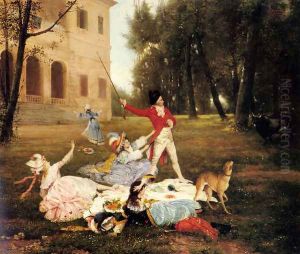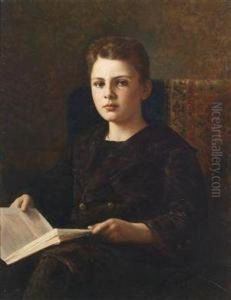Ignace Spiridon Paintings
Ignace Spiridon was a French artist of Greek origin, known for his contribution to Orientalist painting, which was a genre that depicted the Middle East, North Africa, and Asia Minor, often characterized by its romanticized view of the East. Born in 1874, Spiridon developed an interest in the arts early in his life, which led him to study at the École des Beaux-Arts in Paris. His education there was instrumental in shaping his artistic techniques and his future career.
Spiridon's work was heavily influenced by his travels to the regions he depicted. His journeys provided him with the opportunity to observe the local customs, architecture, and landscapes, which he then translated into his art. His paintings typically featured scenes of everyday life, markets, and landscapes imbued with a sense of exoticism that appealed to Western viewers.
During his lifetime, Spiridon participated in various exhibitions, and his work was recognized and appreciated by art collectors and enthusiasts. He was part of a broader movement of Orientalist artists, which included names like Jean-Léon Gérôme and Eugène Delacroix, who were celebrated for their detailed and vivid works.
The artist's approach to Orientalism was typical of the period, often focusing on the aesthetics and atmosphere of the scenes rather than on political or social commentary. This approach has, in recent times, been subject to critique as it often perpetuated stereotypes and ignored the complexities of Eastern societies.
Ignace Spiridon's death in 1950 marked the end of his artistic journey, but his works continue to be a testament to the Orientalist movement in French art. His paintings remain in collections and are studied for their style and historical context within the genre of Orientalist painting.
